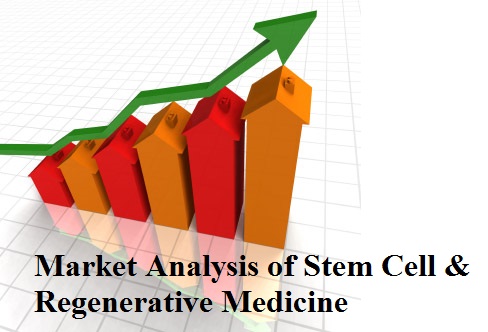
Christopher A Bradley
Lattice Biologics, USA
Title: Characterization of extracellular matrix-based gels as a tissue engineering platform for regenerative medicine
Biography
Biography: Christopher A Bradley
Abstract
The extracellular matrix consists of structural and functional molecules secreted by the resident cells. The 3-dimensional organization and composition of an ECM is distinctive for each tissue type. Solubilized gel-forming ECM could potentially be used to develop products such as 3D culture substrates, growth factor delivery vehicles, or scaffolds that promote tissue regeneration. One goal of ours is to design a 100% allograft custom-fabricated human ECM-derived 3D microenvironment that mimics the biological properties of native ECM. Toward this goal, we evaluated the biochemical and functional characteristics of ECM isolated from human placenta, adipose, and cadaveric muscle tissues. In addition, we compared the properties of muscle-derived ECM isolated from young versus old donors. Proteomic analysis showed the presence of proteins involved in matrix remodeling, angiogenesis, cell growth and differentiation. ECM protein variability largely depended on tissue type and donor age. Regardless of tissue origin, ECM-based 3D gels affected cell morphology by reducing cell spreading. Differentiation of adipose-derived stem cells subjected to ECM sourced from various tissues showed no effect on adipogenic ADSC differentiation. Contrastingly, we found that the presence of young muscle ECM augmented chondrogenic ADSC differentiation, while old muscle ECM favored osteogenic ADSC differentiation. In summary, tissue- and age-related properties of ECM should be considered in developing 3D culture models for basic and translational research.

